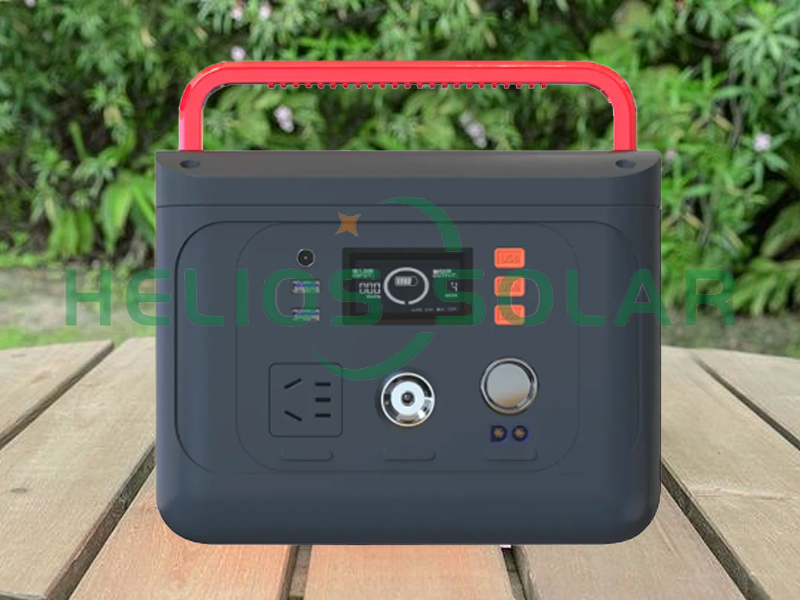Portable outdoor power supplies have become an essential tool for people who love outdoor activities. Whether you’re camping, hiking, boating or just enjoying a day at the beach, having a reliable power source to charge your electronic devices can make your outdoor experience more convenient and enjoyable. But one of the most common questions people have about portable outdoor power supplies is: How long do they run?
The answer to this question depends on a variety of factors, including the capacity of the power source, the devices being charged, and the usage patterns of those devices. Generally speaking, the length of time a portable outdoor power supply can run on a single charge varies widely, from a few hours to a few days.
Capacity and purpose
The capacity of a portable outdoor power supply is one of the most important factors in determining its run time. Typically measured in milliampere hours (mAh) or watt hours (Wh), it represents the amount of energy a power supply can store. The higher the capacity, the longer the power supply can run before needing to be recharged.
Another important factor that affects the runtime of a portable outdoor power supply is the device being charged. Different electronic devices have different power requirements, and some may drain power faster than others. For example, charging a smartphone or tablet typically uses less power than charging a laptop, camera, or drone.
Charging device usage patterns can also affect the runtime of portable outdoor power supplies. For example, if a device is used while charging, this will drain the power faster than if the device were simply charged without being used.
Real scene
To better understand how long a portable outdoor power supply can run in a real-world scenario, let’s consider a few examples.
Example 1: Use a power bank with a capacity of 10,000mAh to charge a smartphone with a battery capacity of 3,000mAh. Assuming a conversion efficiency of 85%, the power bank should be able to fully charge a smartphone about 2-3 times before needing to charge itself.
Example 2: A portable solar generator with a capacity of 500Wh is powering a mini refrigerator that consumes 50Wh per hour. In this case, the solar generator can run the mini-fridge for about 10 hours before needing to be recharged.
These examples illustrate that the run time of a portable outdoor power source can vary significantly depending on the specific environment in which it is used.
Tips for maximizing run time
There are several ways to maximize the runtime of your portable outdoor power source. A simple way to do this is to use power only when necessary and minimize the use of electronic devices. For example, turning off unnecessary apps and features on your smartphone or laptop can help conserve power and extend the runtime of your power supply.
Another tip is to choose energy-efficient appliances that use less electricity. For example, using LED lights instead of traditional incandescent bulbs, or choosing low-power portable fans instead of high-power fans, can help reduce the energy consumption of equipment and extend the runtime of the power supply.
Additionally, choosing a power supply with a higher capacity will usually provide a longer runtime. If you anticipate being off the grid for an extended period of time, consider investing in a larger capacity power source to ensure you have enough power to last your entire trip.
All in all, the answer to the question of how long a portable outdoor power source can run is not simple. A power supply’s run time depends on a variety of factors, including its capacity, the devices it’s charging, and the usage patterns of those devices. By considering these factors and following a few simple tips for maximizing runtime, you can ensure that your portable outdoor power supply provides you with the power you need to stay connected and enjoy your outdoor adventures.
If you are interested in portable outdoor power supplies, welcome to contact Radiance to get a quote.
Post time: Jan-24-2024


